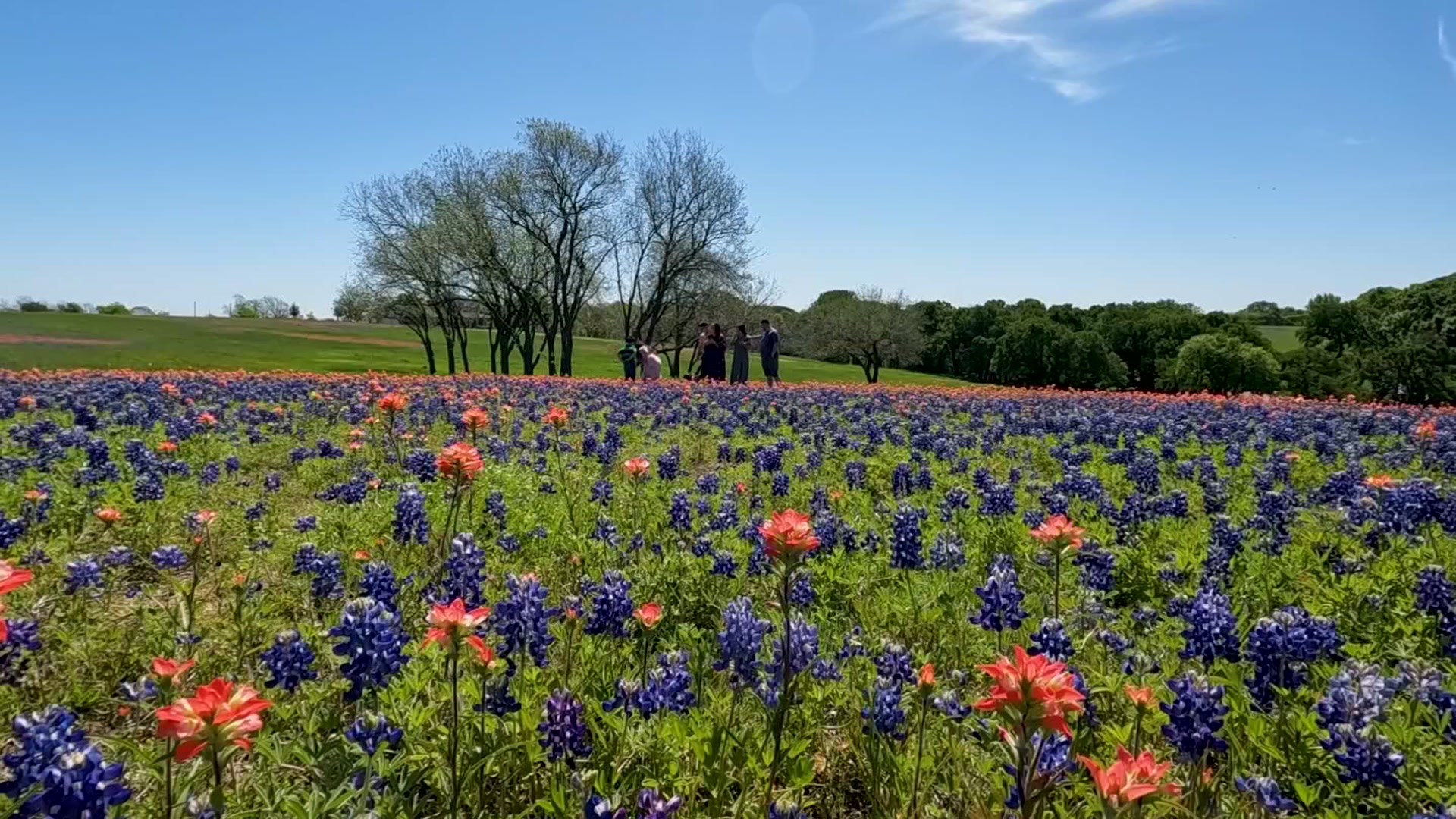Fort Worth's West 7th entertainment district is bringing new life to the city's urban core.
It's also sending nearby property values through the roof, highlighting the pluses and minuses of a neighborhood going through gentrification.
Stand on Azalea Avenue and you’ll find yourself on the dividing line of this issue.
On one side of the street are older homes, often in one family for generations. Right across the road now are brand new apartments.
It's progress, with pitfalls for folks who don't like the change, or can't afford to stay.
Whether she’s picking up trash at Jesse D. Sandoval Park, or leading her neighborhood association meetings, Eva Sandoval Bonilla comes from a history of helping.
“The park was named after my father,” said Bonilla.
Local
The latest news from around North Texas.
A plaque there honors her mother’s community service, too.
“She tried to help everybody,” Bonilla said.
Bonilla recently built a new home on her parents’ lot, backing onto the park.
As of 2014, the home’s land value was $7,500, but just before Eva moved in last year, it jumped to $100,000 and this year it’s up to $200,000.
“My taxes are over $9,000,” said Bonilla.
That’s more than she ever dreamed they would be, and it’s with an over-65 tax break.
Other neighbors are being priced out, replaced by mid-rise apartment buildings and townhomes.
“The history, the nature and the character of our neighborhood is going away,” said Bonilla.
As the shops and restaurants of the urban hip move in along the nearby West 7th Street corridor, home for-sale signs sprout like dandelions.
“I actually do see it as a plus,” said Tony Perez, a realtor with Keller Williams DFW Preferred, Coppell.
Perez has a growing number of listings in the West 7th area. He’s helping families who bought in for $10,000 decades ago, sell today in the $300,000s.
“She’s going to be able to have a more upscale lifestyle, as a result of the investment finally paying off,” Perez said of one client.
Plus, he believes more investment will lead to a safer neighborhood with better up-keep for those who stay.
“There could be a balance,” said Perez.
But that’s for those who can afford to stay.
Bonilla owns a second home in the neighborhood she rents out for income, and with no tax break there, she may have to let it go, pulling her further out of retirement.
All mounting signs of gentrification one person’s progress, and another’s: “Disease, an urban disease,” said Bonilla.
A spokesperson for the Tarrant Appraisal District told NBC 5 that the area’s spike in property values is because of how much more properties are selling for there now, caught up in the West 7th development boom.
They, and a city spokesperson, both said they encourage anyone to appeal their appraisal, within the given timeframe.



